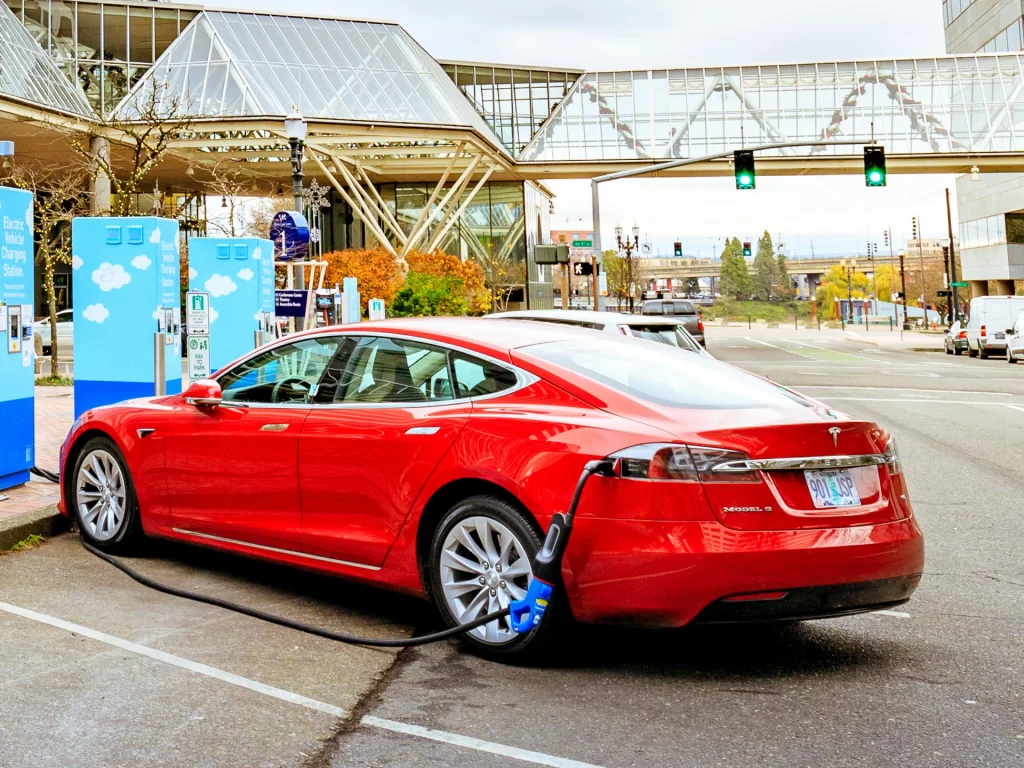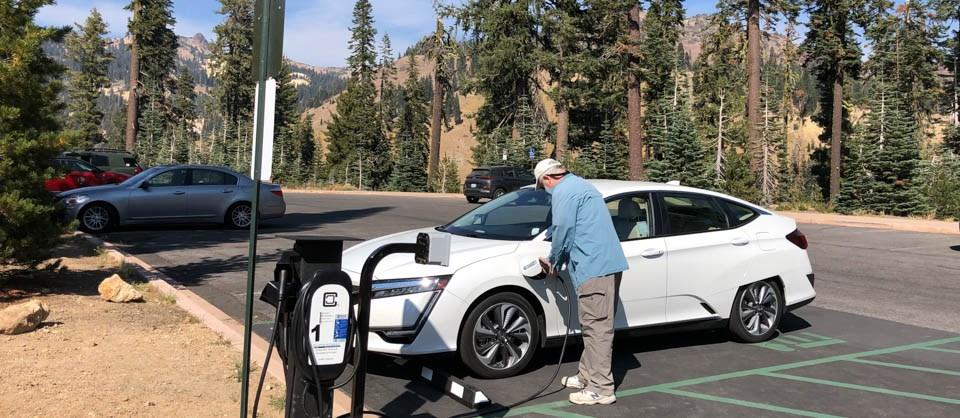The Oregon Environmental Quality Commission voted to prohibit the sale of new gas-powered passenger vehicles by 2035. This includes new vehicles, SUVs, and light-duty pickups powered by internal combustion engines. There are a few exceptions to the requirements, which mandate all new car sales in Oregon to be 100 percent electric by 2035. ACC II enters into effect immediately, with varied obligations for manufacturers to satisfy in the next few years.
The rule defines zero-emissions vehicles as electric automobiles, hydrogen fuel cell vehicles, and plug-in hybrids (which have a longer-lasting battery than traditional hybrid cars). However, because the ban only applies to new car sales, there will still be gas-powered automobiles on the road in 2035. People will still be allowed to drive their old gas-powered cars and sell them on the used market. However, as charging technology becomes more common and electric cars become less expensive and more widely available on the used market, electric car enthusiasts believe their impact will be minimal.

While eliminating gas-powered engines will save our lungs and contribute to the fight against climate change, we would be foolish if we ignored the remaining negatives. E-cars are still automobiles, and their large footprint takes away valuable space from other road users (in addition to the environmental footprint of battery materials). They’re also heavier and noisier, and if you or a loved one is hit by a vehicle while walking or biking, knowing their car runs on electricity rather than gas won’t give you much comfort. Furthermore, continued investment in automobiles means that transportation agencies will justify spending billions on highway expansion projects rather than allocating funds to things that are much more efficient, safe, affordable, and environmentally friendly, such as electric bikes, better road designs, and so on.

People complained to the Oregon Department of Environmental Quality about these and other issues, warning that there isn’t adequate charging infrastructure in remote areas or for people who live in multiunit buildings. People are also concerned about the greater initial cost of buying electric or zero-emission vehicles.


